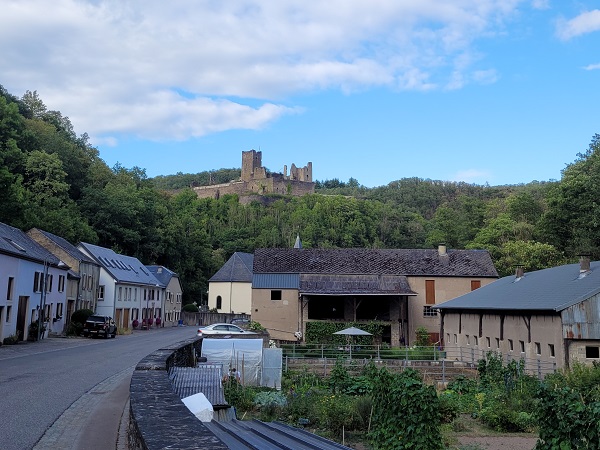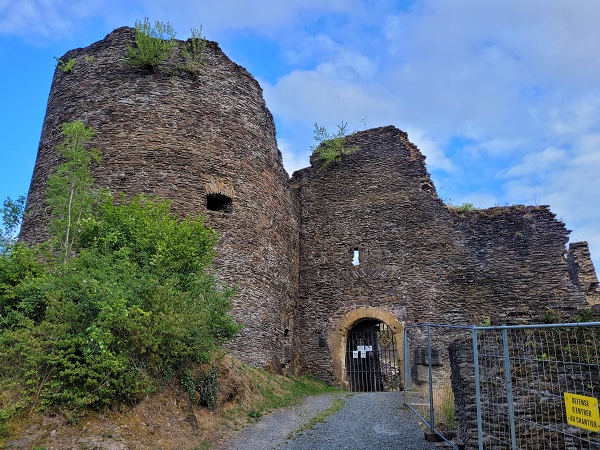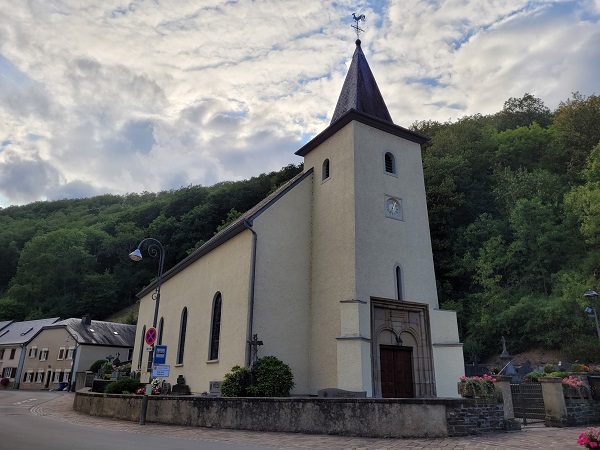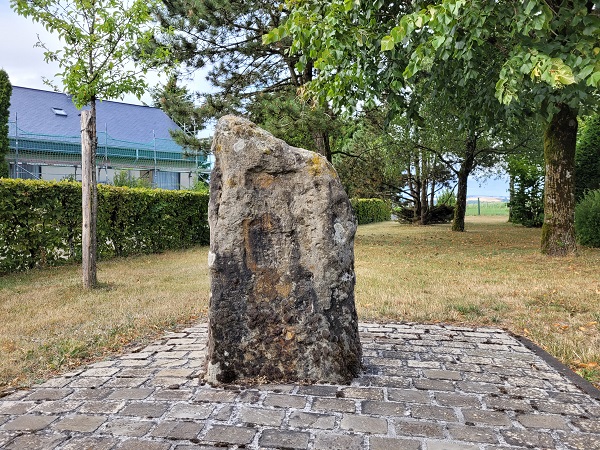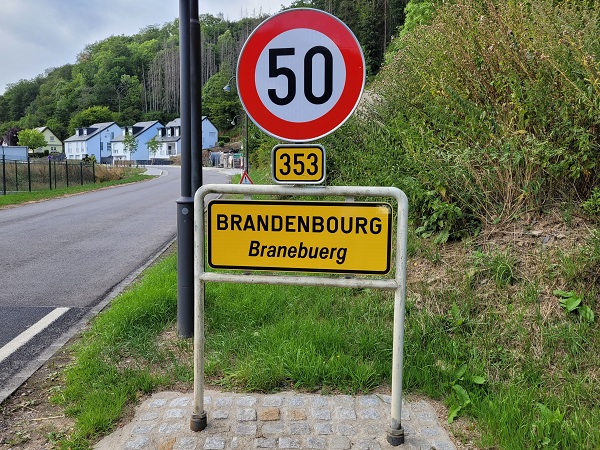 Credit: Jazmin Campbell, Chronicle.lu
Credit: Jazmin Campbell, Chronicle.lu
Throughout August, Chronicle.lu will be shining a spotlight on various villages across the Grand Duchy; the focus is mainly on some of the (perhaps) lesser-known villages with particular points of interest or an interesting history (e.g. cultural and/or industrial heritage).
The next article in this series is dedicated to Brandenbourg, a village in the municipality of Tandel in north-eastern Luxembourg (Canton Vianden) with a population of about 330. Brandenbourg (Branebuerg in Luxembourgish) is located in the scenic valley of the Blees river and is surrounded by lush forest; the village forms part of the Luxembourgish Ardennes (Éislek or Oesling) region.
The main attraction in Brandenbourg is its 10th century castle, which sits atop a rocky promontory overlooking the village. The site initially hosted a wooden fort, which was later replaced by the stone castle. The structure was expanded in the 14th century but began to fall into ruin after French troops attacked the castle (and others in Luxembourg) in the 17th century.
Historically, the Château de Brandenbourg was strategically located near major roads running from the Sûre river to the Ardennes and between the important fortresses of Vianden and Bourscheid. A short drive from Brandenbourg is the "Groesteen", the old border stone (still visible today) separating the historic counties of Stolzembourg, Vianden and Brandenbourg.
In the 20th century, the Luxembourg state carried out renovation works on the castle ruins, which are now partially open to the public (April to October). Today, the castle is privately owned but leased to the state which ensures its upkeep. The site hosts various events - most recently a wine tasting event and a medieval castle festival (BraneBUURGFest) at the end of July 2023.
Down below in the village, one can find several houses, including those attached to the castle rock, a church (Église Saints-Pierre-et-Paul) and cemetery, a playground, a restaurant, some old farmhouses and the newly inaugurated École du Gout (school of taste). The latter integrates the state-owned "Al Millen" (old mill) building and the municipally-owned "Al Molkerei" (old dairy factory) building for new teaching spaces. The aim of this project, run by the nature parks of Upper Sûre, Our and Mullerthal, is to introduce people of all ages to a sustainable, regional and healthy food culture.
Remembrance tourism plays an important role in the region, which witnessed the horrors of the Battle of the Bulge at the end of the Second World War. Various plaques and US flags are still scattered around villages like Brandenbourg to commemorate both the lives lost and the end of the war (i.e. the liberation of Luxembourg from Nazi occupation by US troops in 1944).

